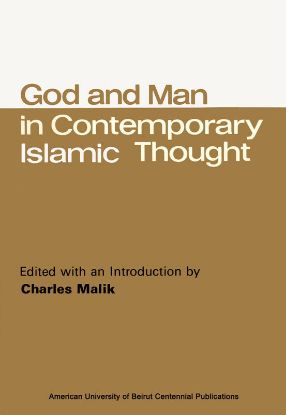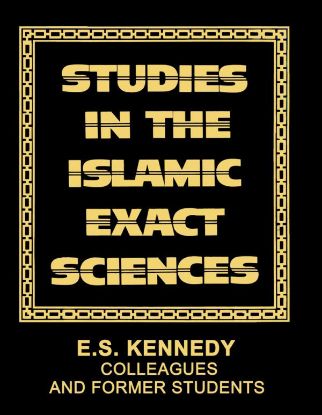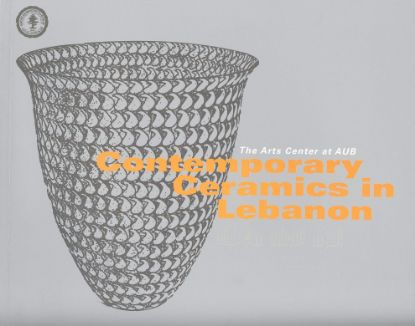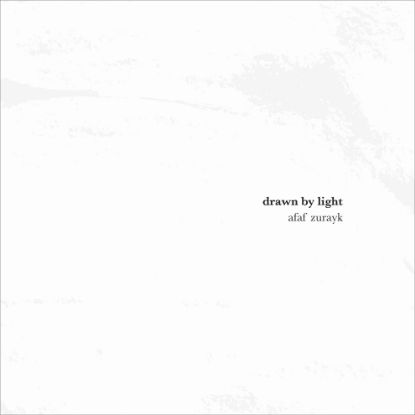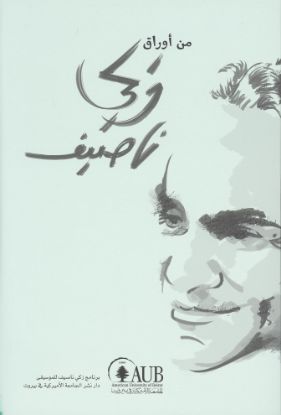Filter by price
AUB Press
God and Man in Contemporary Islamic Thought
The papers presented here are in the original languages in which they were delivered: eight in English, three in Arabic and one in French. A wide variety of subjects are covered, from Islam in Africa and Islamic law and contemporary issues, to Sufism and Muslim Art.
$10.00
Studies in the Islamic Exact Sciences
This compilation of articles by E. S. Kennedy, many of them joint publications with his students at AUB, covers a wide range of topics within the fields of Islamic astronomy, astrology, and mathematics.
$30.00
Al-Tadwin al-Musiqi al-Muʿarab التدوين الموسيقي المُعَّرب
This book is an account of the efforts of Dr. Edwin Lewis, a professor at the Syrian Protestant College (now the American University of Beirut) in the late nineteenth century to modify the system of Western musical notation to fit Arabic music (and more specifically, church music). In this work, Shafik Jeha addresses how musical notation was adapted to correspond with the right-to-left direction of Arabic musical texts, and includes the reactions of some Arab composers to the revised method of notation. How did this new method of music notation appear on the musical scene? How important was it to musicians in the Arab world? How did it spread? What problems did it face? What were the consequences of the new musical notation method? What were its advantages and its disadvantages? Shafik Jeha answers all these questions and many more in this book, which is divided into three parts: the first deals with the emergence of Arabized musical notation, the second addresses the development of this new type of notation, and the last elaborates on its dissemination.
$20.00
Contemporary Ceramics in Lebanon
This book showcases the work of twenty featured artists from the first group exhibition of contemporary ceramists in Lebanon, and thus is the first of its kind. Innovation in fine arts at AUB goes back at least to 1929, when the University hosted first solo exhibition in Lebanon with the work of Lebanese artist Mustafa Farroukh. This is a publication of the Project Steering Committee for an Arts Center at AUB.
$10.00
Drawn by Light
This book represents a dialogue between image and word, and experience and thought. In this sequence of twenty pairs of images and texts spanning forty years of the artist's personal growth, it offers readers a rare view of the nature of expression. The intuitive choice of couplets and the way they flow reveal singular aspects of the creative process. The book invites readers on a journey aimed at understanding art through the transformative shift that comes from combining experience and thought, looking within while also observing from without.
$16.00
Min Awrak Zaki Nassif من أوراق زكي ناصيف
This collection of Zaki Nassif's writings are reproduced from his personal papers, a part of the Zaki Nassif archives, now held in the Special Collections of AUB's Jafet Library.
$30.00

